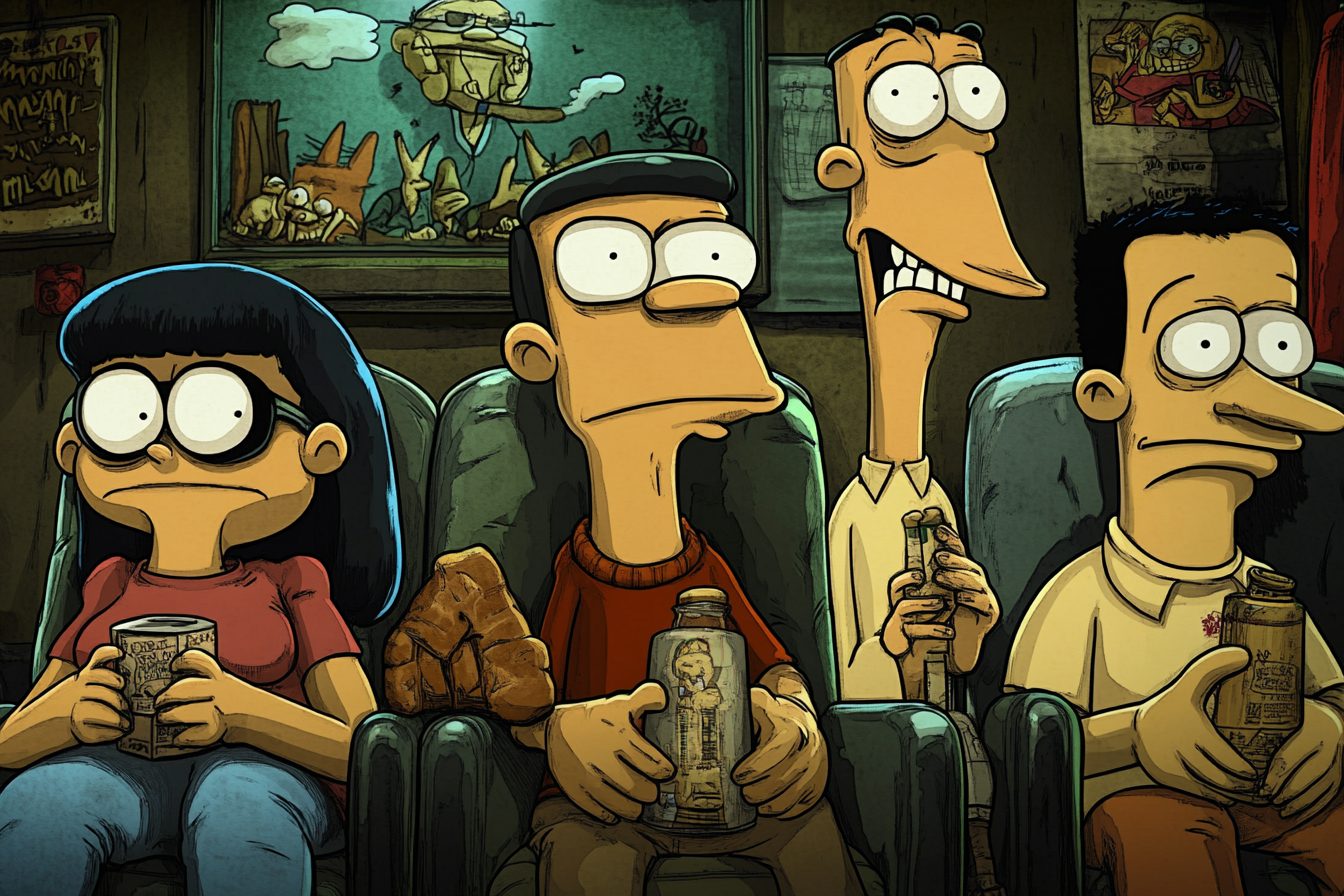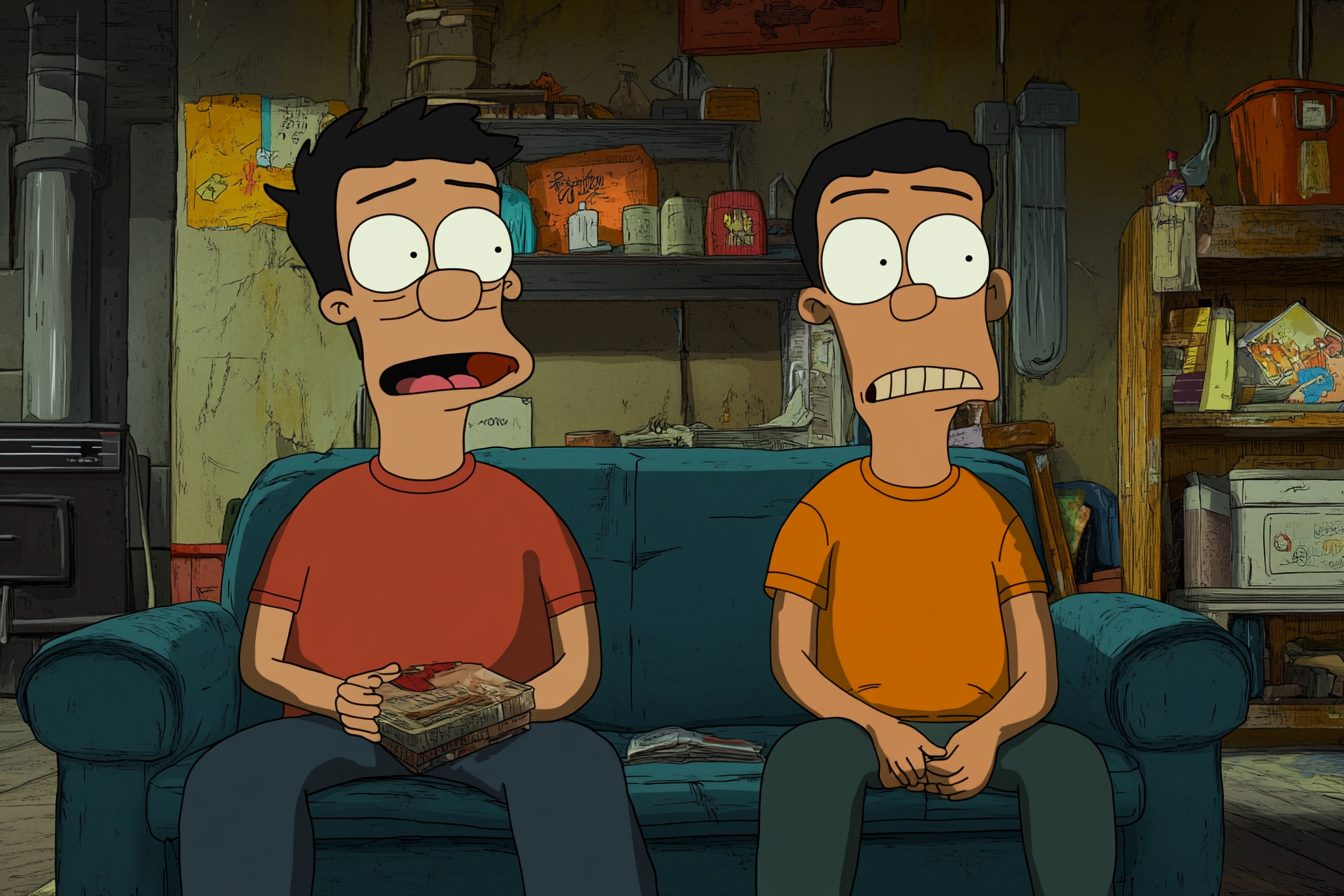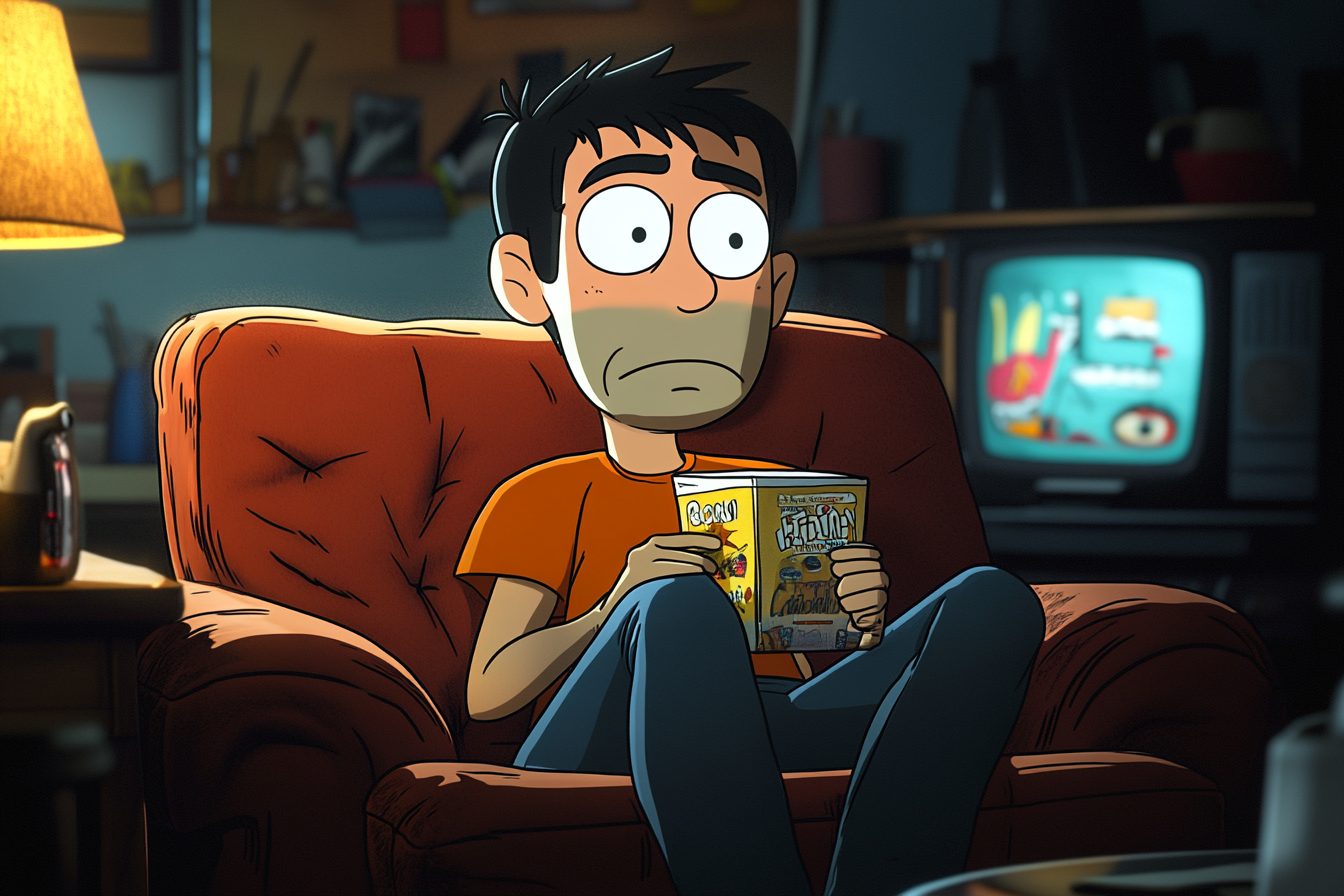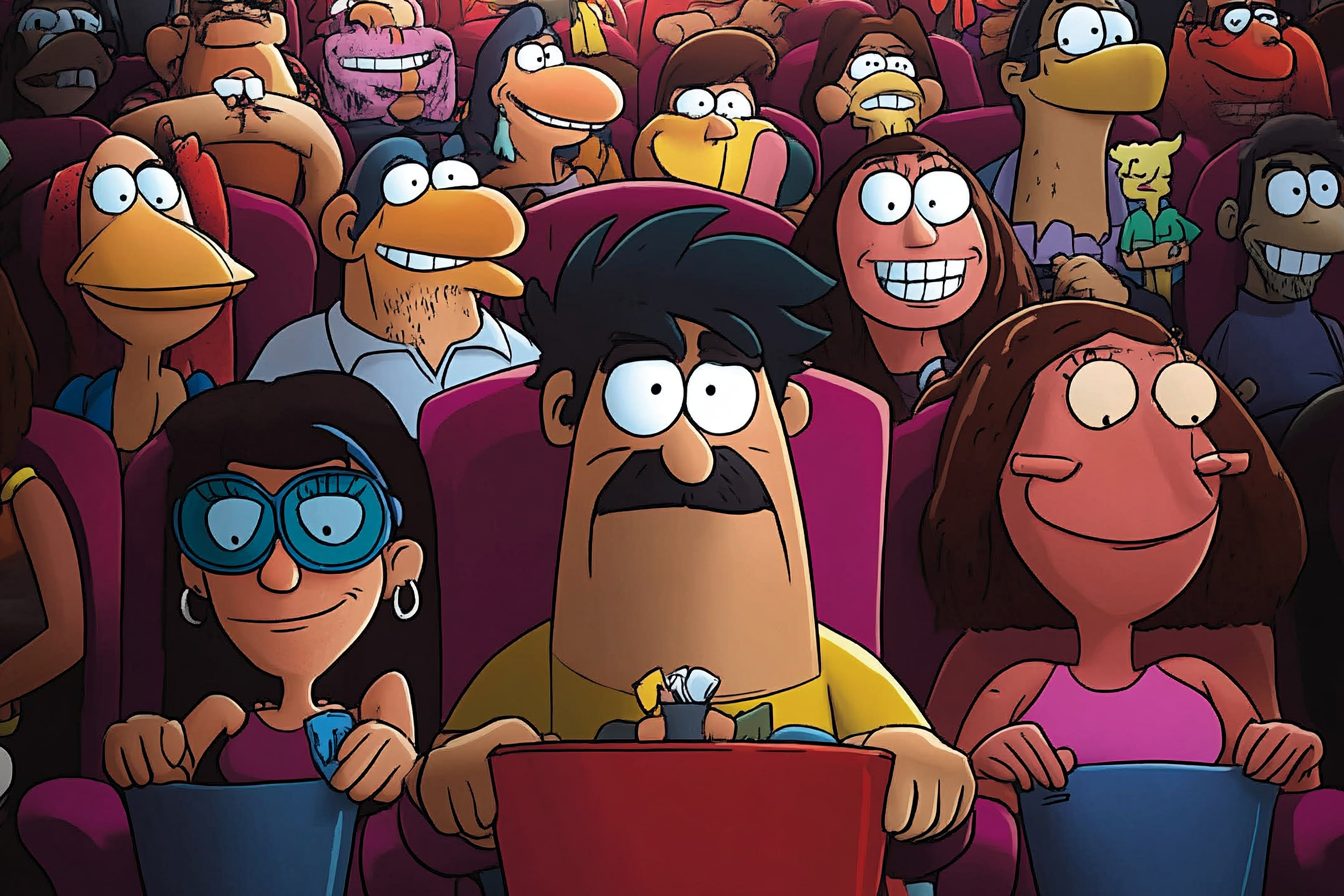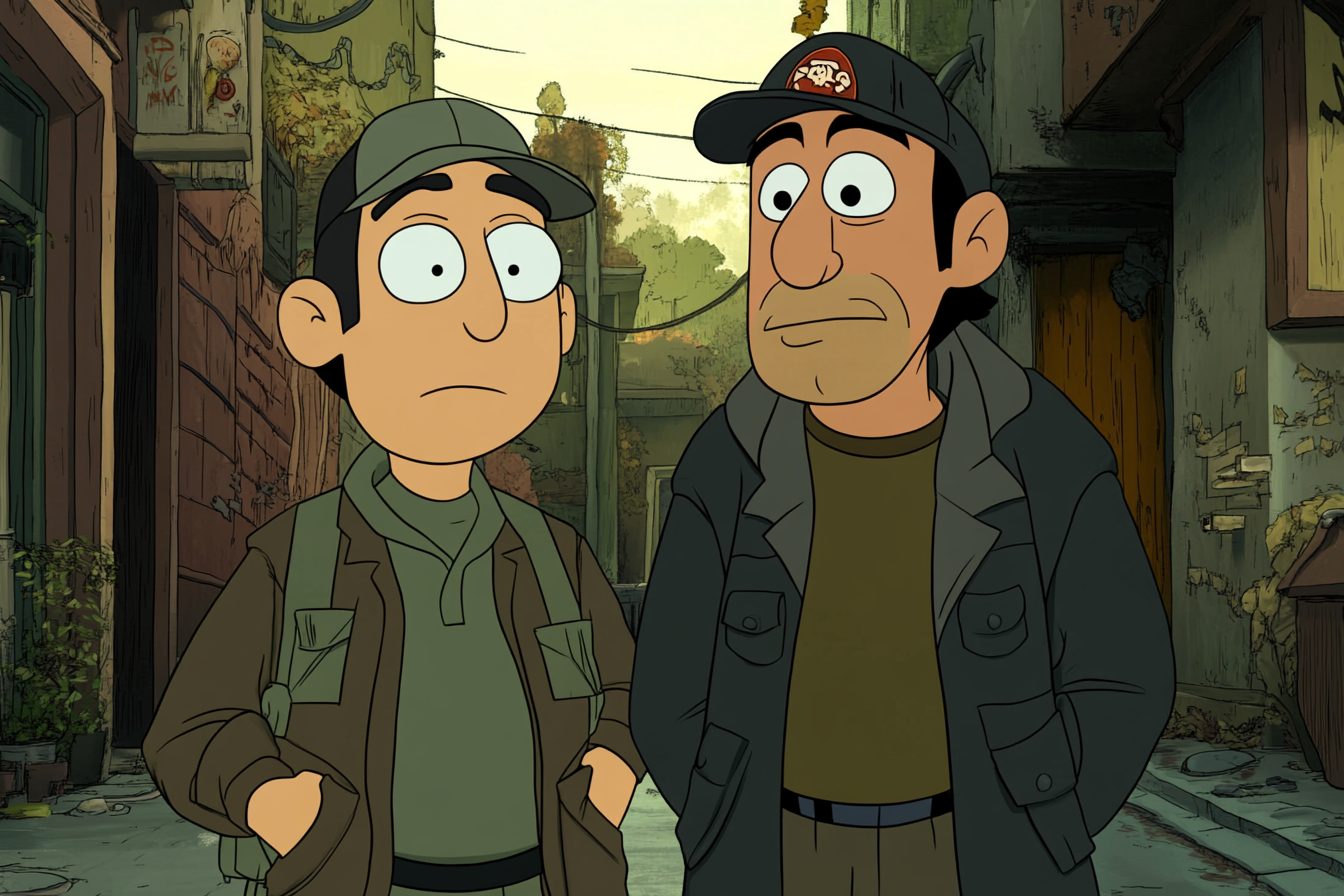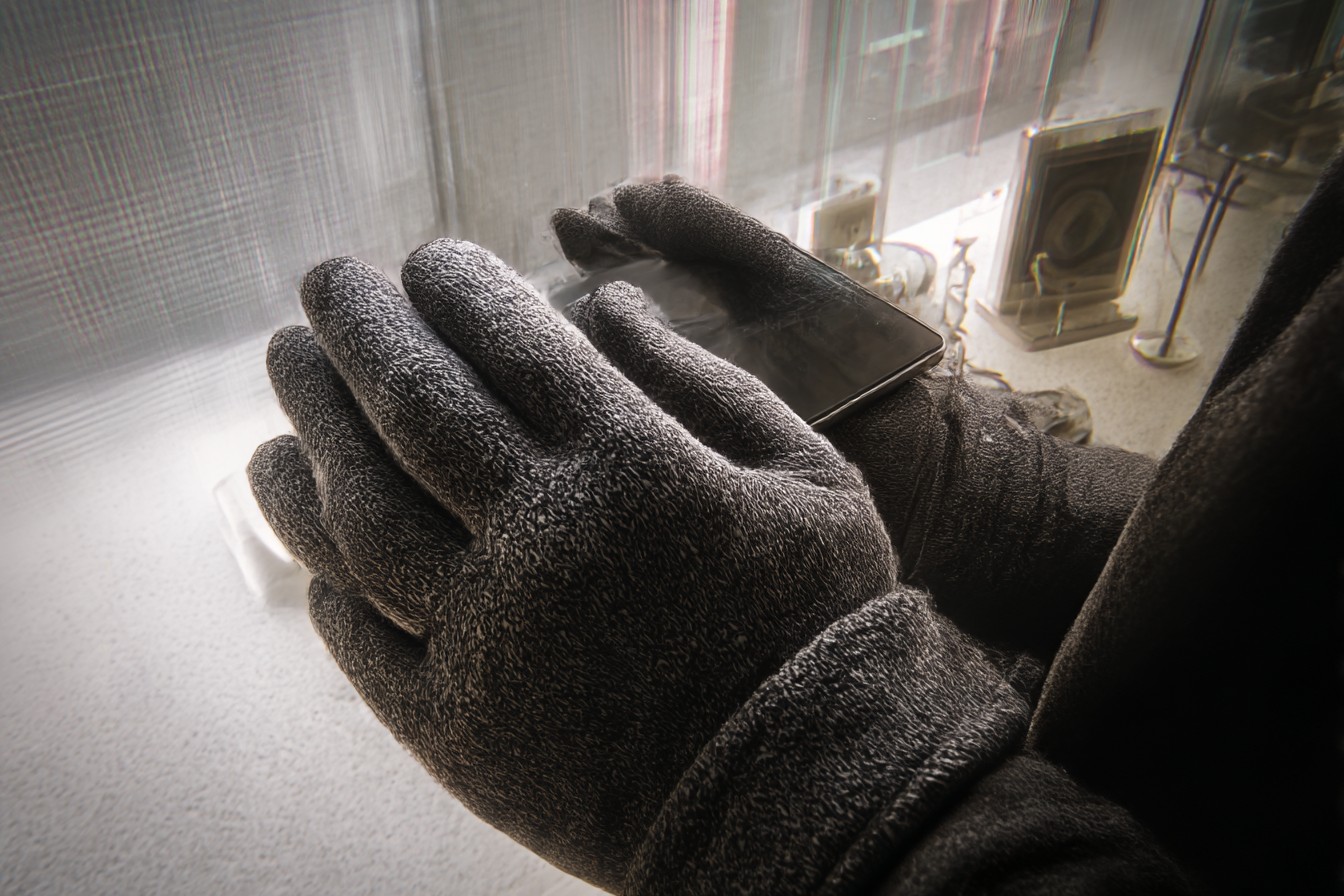Last Friday, after enduring a series of meetings that felt like they should have been conducted over a video call, along with colleagues who talked excessively with no regard to competence, I settled into my armchair to relish what should have been a mindless activity: staring idly at the television. I had assumed I would simply be able to sit back and relax, but within two hours, I found myself scrolling through content choices, having reached a point where my dinner had almost turned into a distant memory. Instead of deciding on business management, I had made an active choice– an alternative lifestyle of active indecision. The decision paralysis promised has, in fact, ruined everything.
“This activity will void indecision,” the internet claimed. But it is evident that I have always preferred the musical playlists of old. “With no boundaries in the mess of options, one will enjoy freedom.” While this statement is true, it soon becomes evident that their definition of freedom merely means drowning in mundane options. My to-watch list reminds me of a life once cherished.
Foreign based documentaries I aim to watch transform me into an educated global citizen. Movies cherished the world over force me to evaluate if I have even a hint of cultural knowledge. And classic popular shows that everyone uses for relatable memes, and for some reason I have yet to witness.
I ignore their stares as I cruise for the seventh time to watch “The Office.” I know that my friend Patricia, the self proclaimed TV shows aficionado, owns a personal record keeping sheet for tracking her viewership. A record keeping sheet.
For a TV show. She creates subdivisions of colors based on the genre, criticizes shows through color-coded columns, and documents which of our friends suggested which show. When Patricia displayed this at brunch, I almost died while eating my overpriced avocado toast.
“It’s the only way to stay organized,” she explained, as if claiming to have breakthrough secrets to TV watching was like sharing the codes for launching missiles. Of course notes were included to indicate which friends suggested which title alongside the absurd color nomenclature by genre. It was absurd when she added that she had to book time for viewing in her planner.
“Scandinavian crime dramas on Tuesdays from 8-10 PM.” Does that elicit entertainment or make it seem like homework? One way or the other, I felt I didn’t want any part of this. I genuinely felt sorry for the person whose conversation I was part of hoping like me that she wasn’t bound to some ridiculous, scheduling standards even for fun.
Her answer came too swiftly for her custom approach with an unmultidisciplinary persona cooked up by a psychologist had a plan. Sopranos and Sons of Anarchy were so popular, she guessed I would be one of millions seeking the excuse for school of binge watching. I told her I am not one of those people. Her reply stifled a laugh. What easily came to wonder of my ways was simply of method as professional laying down on a couch or sitting where wheels direct remote and through chance, systematically stopping at streams of the programs until and on conditions eye or asleep, whichever to fall first. She offered platter assistance, absolutely drowning everyone in suggestions completely theorized to conflict selection, ranging from simple derogatory choices to taste. Viewing penguin documentaries results in now terribly being recommended setting in the alabama genre crime-defining bordering, edged rough romance stories starring small-town bakery owners discovering love. Right? My encounter with these suffocating frameworks feels nothing less streams than under attack by serving me endless screens devoid of rational logic filters.
Despite lacking comprehension in relation to my persona, it strives to get its claws into me anyway–watchlist algorithms baffle me. Right now, my watchlist contains 94 titles, a figure that’s rather absurd, given the fact that I spend a maximum of three hours watching television a week.
Even with the most generous estimates, that is close to seven years’s worth of watching—granted, I don’t add anything new to the list. Each week, however, I seem to be adding to the acorns list—show reviews devour evenings.
I compiled every single one of the reviews, scanned the trailer, and checked the show’s rating on three later sites. Finally, I watched the first episode, only realizing twenty minutes in that I wasn’t in the mood, so I switched to an episode of a cooking show I’d seen twice before. Turns out, I was halfway through the competition.
That’s two hours of research down the drain, with only twenty minutes of actual viewing. If I was that committed to my financial endeavors, I’d probably be speaking from my private island. But I quite like the solitary stress remains inviting.
Social media can be quite overwhelming especially when I see friends discussing their so-called favorite parts of “the show” which for whatever reason seems to be the show that everyone is supposed to watch. Screenshot and meme culture has absolutely taken over. Should I be concerned about the fact I don’t understand? Do I not understand them because I haven’t seen the show?
And what is the deal with the hashtag #TheShowThatEveryoneIsWatching? If I choose not to watch it, does that mean I would be out of the supposed friend group?
Recently, a colleague of mine, Robert, trapped me by the office coffee machine while he went on to richly express his complete shock—absolutely shocked—on the fact that I hadn’t seen such a splendid program revolving around the famous game of Chess. “You HAVE to see it,” he said with the level of energy I use when telling someone they need to make a life-saving medical procedure as opposed to recommending an entire series centered around moving carved chess pieces. When questioned regarding the appeal, he surprisingly retorted how adding the psychological tension along with remarkable period detail was needed. Still added to watchlist.
Brace yourselves folks, this is what decision fatigue feels like. Running through my mind as we speak is the decision-making revolving around whether it’s time I finally replace the mattress to be mounted along with my plethora of documents for work and finances.
My strategy generally revolves around scanning the listings and going for the first result of an author I vaguely remember reading. As the family designated zookeeper, my evenings away from work converge into a single patriarchal neat brown smoke-belching Iliosura. I lack a plan to smoke down a rule-book of turning rudimentary rules into ever more complicated systems and sometimes I don’t even know if I’m searching their documents for clubs that don’t exist.
Escaping paralysis by choice is a primary reason I want to gain higher polish. That gives me the chance to consider what is gaining a BBC balloon program is about a cathartic, soul-cleansing system that trades tantrums for savoir-vivre. To me, that simply means time.
It allows the scrambling television generalist from hurting them and treating television reality as undercover, not truly popularized brand name partitions working off pseudonyms from Beauty and the best Goes to Economics.
Tom, my neighbor, is a man of few habits and choices, and has single-handedly dealt with my predicament by binge-watching a show in its entirety before moving onto the next. When I decided to inquire how he oh-so-wisely selects his shows, I felt like he was going to give me a stare that made me question mankind’s understanding of simple anatomy. “I select one that looks good,” was his insightful wisdom.
Given that I have been perpetually stuck within the world of modernistic viewing, which I like to call ‘option paralysis’ with commitment issues, it never struck me that streaming services have fundamentally altered our understanding of time. Real eye-opener: promising myself “I’ll watch one episode” is now the same as saying “I’ll eat one chip.” In other words, a lie—and with only the lucky avoiding an ER visit.
On the bright side, as Netflix constantly transforms from an entertaining service one enjoys, to the unsolicited acquaintance nagging you every few hours if you’re ‘really still watching,’ we might actually be working towards apocalyptic outcomes where every moment of our lives is streaming balance. It goes without saying that the streaming services are ‘on top of their game.’ They are the reason this entire industry switched to dropping whole seasons, allowing viewers to barrel through content instead of enjoying the calm, composed, and respectful venue of weekly releases.
At a recent dinner party, the host emphasized this strict rule as everyone was about to take their seats: “No talking about the finale of [popular show] because Carol hasn’t seen it yet.” Caught in a daze, Carol said she was “stuck on episode seven.” The ensemble reacted as if she had just committed a petty crime. Since when is being two episodes behind on a show featuring fictional characters set in outlandish scenarios a social faux pas? With every passing moment, my watchlist increases.
People I know go out of their way to tell me about certain shows they absolutely do not like and swear that those are even more enjoyable than my current lineup. Brouhahas in the press bring to my attention the Susan Wokoma starring “can’t miss!” shows, prompting me to add them to my list if only to feign a sense of shared cultural language. My binge-watching platforms, in a spectacle reminiscent of absurd investment banker advertisements, claim that I will enjoy their new additions just as much as the old favorites that I used to like.
As always, I will find myself sprawled on the couch, remote in hand, ignoring that familiar conundrum: when there is so much to watch, why do I feel the need to “consume” even more? It’s as if I know the answer already—I have been living in a “wonderful” era of “digital entertainment” for the past few years. It is also true that I have not been overly limiting myself, as I freely—or rather, blindly—metaphorically—gaze through portals of astonishing vistas, broadening my peripherals.
Unavoidably end up watching “The Office” again.
Perhaps this is the most accurate statement about streaming: it’s not about being able to watch whatever you want—it’s about the ability to spend hours scrolling through a content catalog, only to select something you’ve already seen. While this isn’t the world full of originality we were promised, it’s certainly somewhere we can find comfort.
